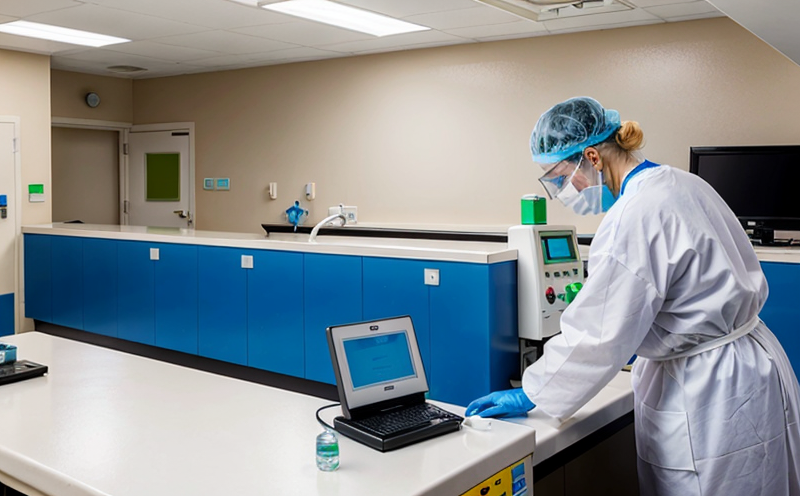Pseudomonas aeruginosa Testing in Hospital Tap Water
Ensuring the safety and quality of hospital tap water is paramount, especially considering the potential for microbial contamination that can lead to serious infections. Pseudomonas aeruginosa testing plays a critical role in identifying this opportunistic pathogen, which thrives in warm, moist environments like hospital taps. This test is essential not only for maintaining patient safety but also for upholding the integrity of healthcare facilities.
Pseudomonas aeruginosa is known for its ability to survive and grow under challenging conditions, making it a significant concern in hospital settings. The bacterium can colonize various surfaces, including water systems, leading to the contamination of tap water with potentially harmful microorganisms. This contamination not only poses risks to patients but also challenges staff and visitors who may be more susceptible due to compromised immune systems.
Regular testing for Pseudomonas aeruginosa in hospital tap water helps healthcare facilities comply with regulatory standards and ensure a safe environment for all individuals within the facility. Compliance with international standards such as ISO 4831:2015, which provides guidelines for the enumeration of bacteria in drinking water, is crucial for maintaining high-quality testing practices.
Our laboratory uses advanced microbiological techniques to conduct this testing accurately and efficiently. The process involves collecting water samples from various points within the hospital's water system, followed by meticulous preparation and analysis using standardized protocols. This ensures that each sample is representative of the overall water quality in the facility.
The significance of Pseudomonas aeruginosa testing extends beyond just identifying the presence or absence of this pathogen. It also serves as an indicator of the overall hygiene and maintenance practices within a hospital's plumbing systems. By regularly monitoring for this bacterium, facilities can identify potential sources of contamination and implement preventive measures to avoid future outbreaks.
| Step | Description |
|---|---|
| Sampling | Collect water samples from different points within the hospital's water system using sterile containers. |
| Storage and Transport | Store samples at 4°C to prevent bacterial growth until they reach our laboratory for analysis. |
| Preparation | Prepare the samples according to ISO standards by diluting them in appropriate media. |
Why It Matters
The importance of Pseudomonas aeruginosa testing cannot be overstated, particularly given the increased vulnerability of patients in hospital settings. Hospitals are environments where infections can spread rapidly due to frequent patient transfers and shared medical equipment. Ensuring that the water supply is free from pathogens like Pseudomonas aeruginosa is essential for preventing nosocomial infections.
- Reduces the risk of healthcare-associated infections (HAIs) by eliminating potential sources of contamination in tap water.
- Maintains compliance with regulatory standards and best practices for hospital hygiene.
- Provides peace of mind to patients, staff, and visitors regarding the safety of their environment.
Scope and Methodology
The scope of our Pseudomonas aeruginosa testing encompasses a comprehensive approach to evaluating water quality within hospital settings. Our methodology adheres strictly to international standards, ensuring accurate and reliable results.
- Sampling: We collect samples from various points in the hospital's water system, including taps, sinks, and showers, using sterile containers.
- Preparation: Samples are prepared according to ISO 4831:2015 by diluting them in appropriate media suitable for Pseudomonas aeruginosa growth.
- Culture and Identification: Cultured samples undergo detailed identification processes, including biochemical tests and genetic analysis, to confirm the presence of Pseudomonas aeruginosa.
- Reporting: Results are provided promptly and in compliance with regulatory requirements, offering actionable insights for facility management.
Environmental and Sustainability Contributions
- By identifying Pseudomonas aeruginosa early, our testing helps prevent the spread of infections, reducing the need for unnecessary treatments and hospitalizations.
- The data collected through our testing can contribute to improving water management practices within hospitals, leading to more sustainable operations.





